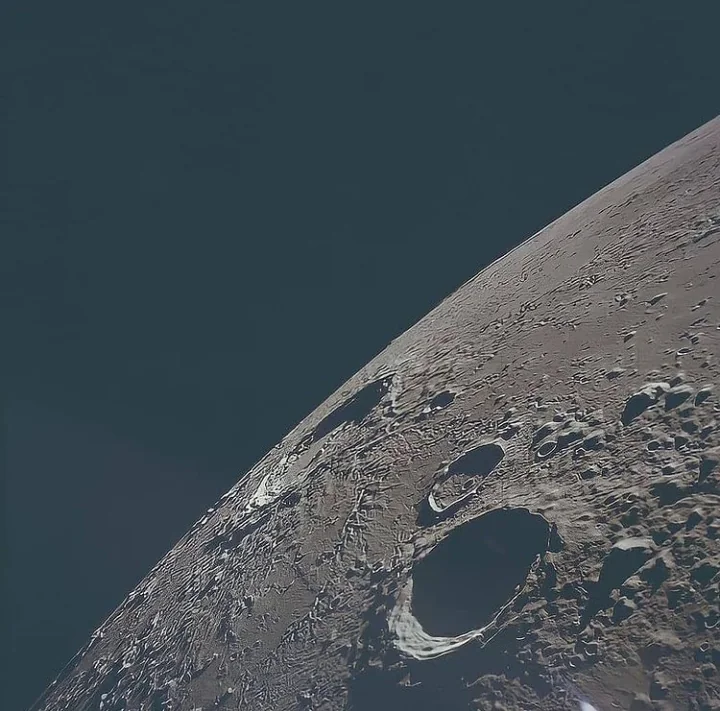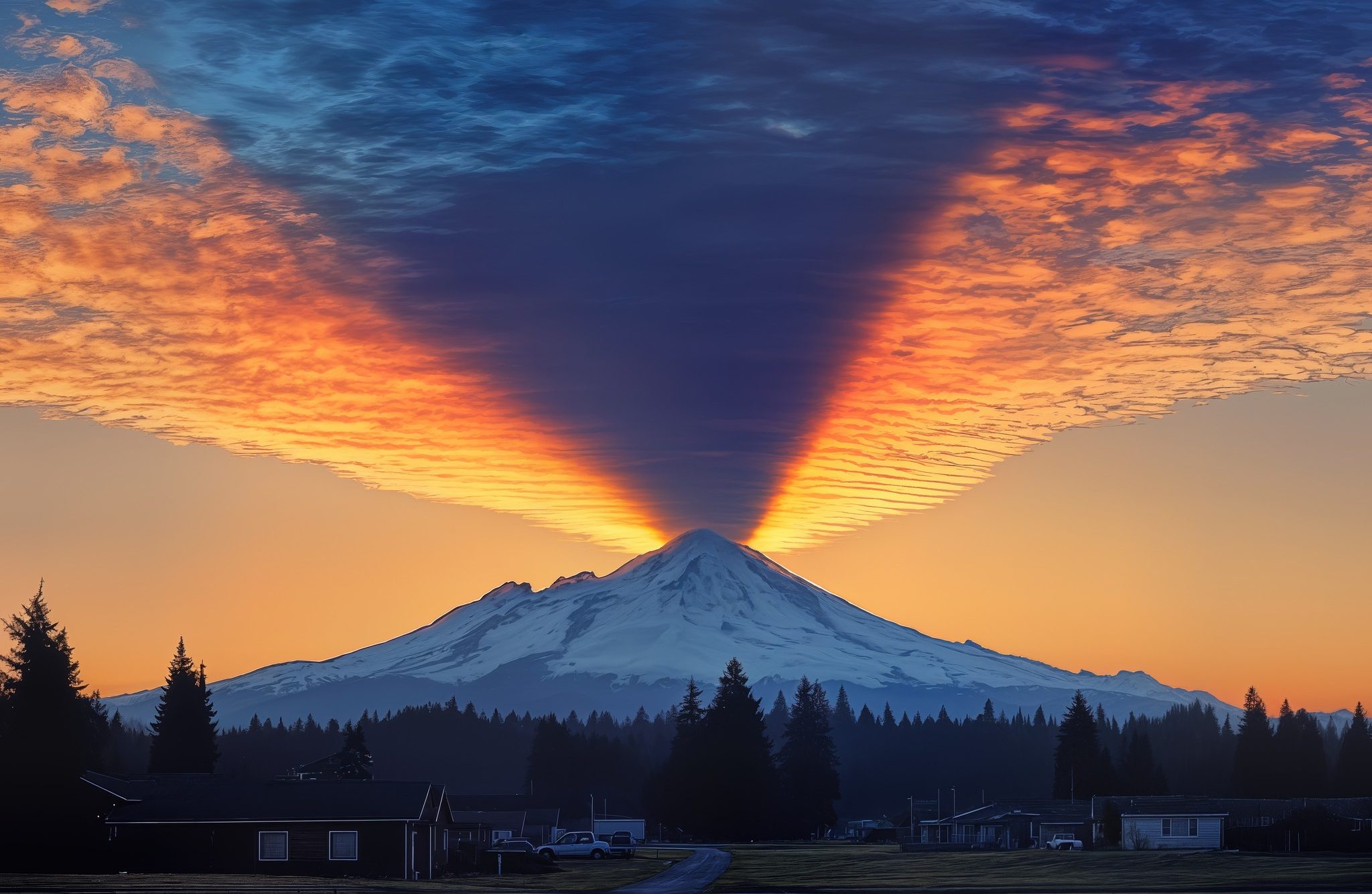The image captures a stunning view of the Moon’s surface, highlighting its craters and rugged landscape in striking detail. Taken from lunar orbit, this perspective provides a rare glimpse of the natural satellite’s desolate terrain, emphasizing the harsh environment and the intricate features of the cratered surface.
Moon Exposure Corrected

The image above showcases a detailed view of the lunar surface, with exposure corrections that highlight the intricate features and textures of the Moon’s landscape. The adjustments bring out the rich contrast between the dark, shadowed regions and the sunlit craters, giving us a vivid sense of the rugged terrain that defines our nearest celestial neighbor.
How Large Is That Crater?
One of the prominent craters visible in this image is the Copernicus Crater. To give a sense of scale, this massive impact crater spans a distance equivalent to approximately 611,000 bananas laid end to end. The crater measures about 93 kilometers (58 miles) in diameter, making it one of the most striking features in this lunar portrait.
A Tribute to Richard F. Gordon
This stunning image is most likely captured by Richard F. Gordon, the pilot of the command module during the Apollo mission. While his crewmates, Pete Conrad and Alan Bean, descended to the lunar surface to conduct scientific experiments, Gordon remained in lunar orbit, circling the Moon 45 times.
Gordon’s role in the mission was essential but often overlooked—he was tasked with maintaining the command module and ensuring a safe return for the entire crew. His solitude in lunar orbit made him one of the loneliest men in history, a distinction shared by Michael Collins before him. Collins’ iconic photograph, featuring the Moon, Earth, and the rest of humanity with himself isolated in the command module, captures the profound solitude of these missions.
Richard F. Gordon passed away in 2017, leaving behind a legacy as a brave aviator and a key figure in humanity’s journey to the Moon. His contributions remind us of the unseen heroes who made those giant leaps possible.





Why are there no stars in the picture
Dude! Don’t you see the sun shining on the moon? That means it’s morning there and the stars are on the other side!
I cannot fathom how you were able to use bananas to measure the size of this massive crater!